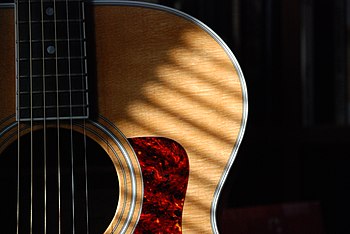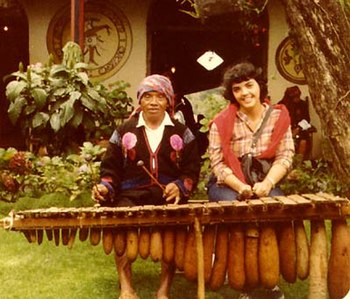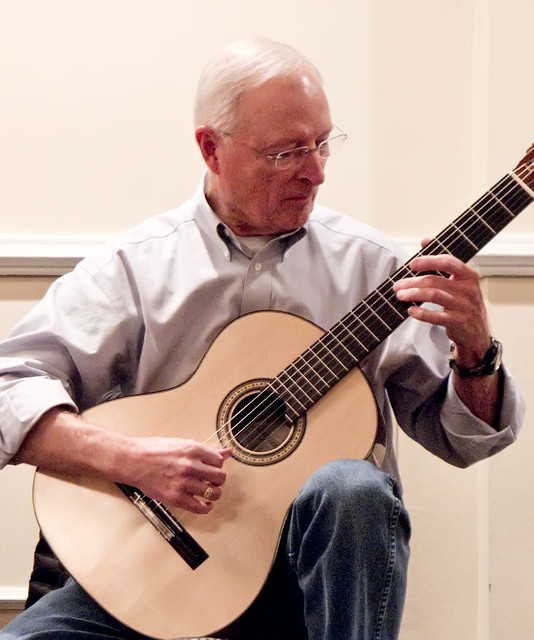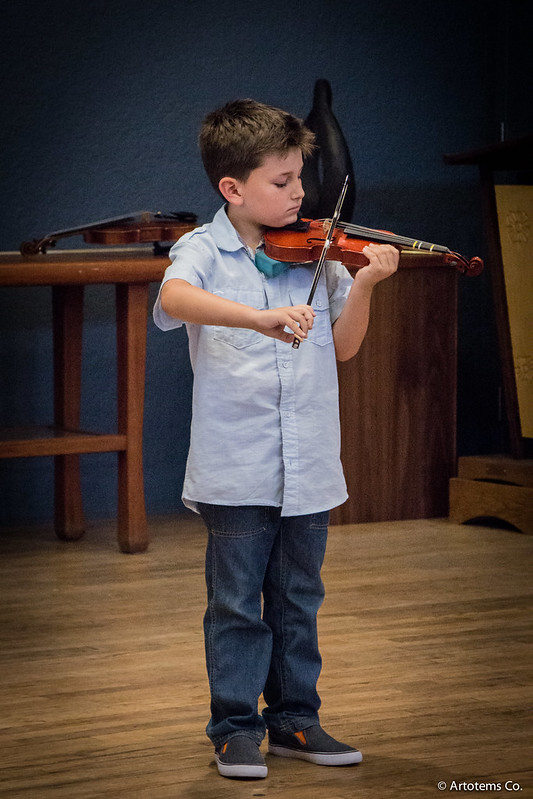The acoustic guitar usually involves the following musical instruments:
Nylon and gut stringed guitars:
 |
| Taylor steel-string guitar. (Photo credit: Wikipedia) |
• Renaissance guitar
• Romantic guitar
• Classical guitar
Steel stringed guitars:
• Twelve string guitar
• Steel-string acoustic guitar
• Archtop guitar
• Battente guitar
Acoustic bass guitar
Russian guitar
Other instruments:
• Harp guitar
• Banjo guitar
• Guitar lute
The guitar can be divided into two categories, acoustic and electric
An acoustic guitar is not dependant on any external device for amplification. The shape and resonance itself have the ability to create acoustic amplification. Today there are many acoustic guitars available with built-in electronics and power to enable amplification.
Acoustic electric guitars
Some steel-string acoustic guitars are fitted with pickups as an alternative to using a different microphone. These are called electric acoustic guitars and are regarded as acoustic guitar rather than electric guitars. It should not be confused with hollow body electric guitars, which are more of electric guitars fitted with hollow sound chambers.
Free acoustic guitar lessons
There several free acoustic guitar lessons available online for beginners. The free guitar lessons are designed for guitarists of all playing abilities.
Acoustic guitar magazine
The acoustic guitar magazine is for acoustic guitar players, from beginners to performing as a professional. The magazine usually contains free acoustic and electric guitar lessons, tutorials and videos for both beginner and professional. Some of the great magazines include Flatpicking guitar magazine and Acoustic guitar.
Vintage acoustic guitars
Veteran musicians know firsthand that vintage acoustic guitars simply sound and feel better than their contemporary counterparts.
Vintage acoustic guitar body shape:
Steel-stringed vintage acoustic guitars come in two general body shapes.
Flattop vintage acoustic guitars - As the name suggests, flattop vintage acoustic guitars feature a flattop body. If you play blues, folk, bluegrass, or rock, flattops, which were pioneered by Martin, will suit you best.
Archtop vintage acoustic guitars - In contrast, archtop vintage acoustic guitars have a curved top and a hollow body. If you’re a jazz or country player, then look for archtops, which were invented by Gibson. (The most sought-after Gibson archtops are the larger models dating from the early 1930s to 1959.)
Acoustic guitar notes
A musical note is a tone. However, a musical-note tone comes from a small collection of tones that are pleasing to the human brain when used together. For example, you might pick a set of tones at the following frequencies:
• 264 Hz
• 297 Hz
• 330 Hz
• 352 Hz
Acoustic guitar reviews
Yamaha LLX-500C Acoustic/Electric GuitarPrice ranges from $2,399 or higher.
The Yamaha LLX-500C is hand built in Yamaha’s Japan factory. Features include a solid spruce top, mahogany neck, and solid rosewood back and sides. The headstock and neck of the guitar are attractive trim in ivoroid binding, and the Yamaha name on the headstock just look great. Unlike many acoustic electric, the Yamaha LLX-500C sides are solid instead of laminated.
Guild F50R Jumbo Acoustic GuitarPrice ranges from $2,499 or higher.
The F50R is based on the original F50 specification from 1960s to 1980s. The Guild F50R features an ebony fretboard and a rosewood bridge. Neck dimensions include a 25.6-inch scale and a slightly narrower-than-normal width of 1.69 inches. The F50R does not lack for fine details - the fret board has eye-catching abalone and mother-of-pearl inlays and two racing stripes that run from nut to sound-hole.
Acoustic Guitar Tabs
A tablature is a form of musical notation, which tells players where to place their fingers on a particular instrument rather than which pitches to play. Tablature is mostly seen for fretted stringed instruments, in which context it is usually called tab for short. It is frequently used for the guitar, bass and lute. But in principle it can be used for any fretted instrument includes banjo and viola da gamba.
Acoustic Guitar Strings
Guitar strings are strung parallel to the neck, whose surface is covered by the fingerboard. By depressing a string against the fingerboard, the effective length of the string can be changed, which in turn changes the frequency at which the string will vibrate when plucked. Guitarists typically use one hand to pluck the strings and the other to depress the strings against the fretboard.
The strings may be plucked using either fingers or a plectrum. The sound of a guitar is either mechanically or electronically, forming two categories of guitar: acoustic or electric.
















